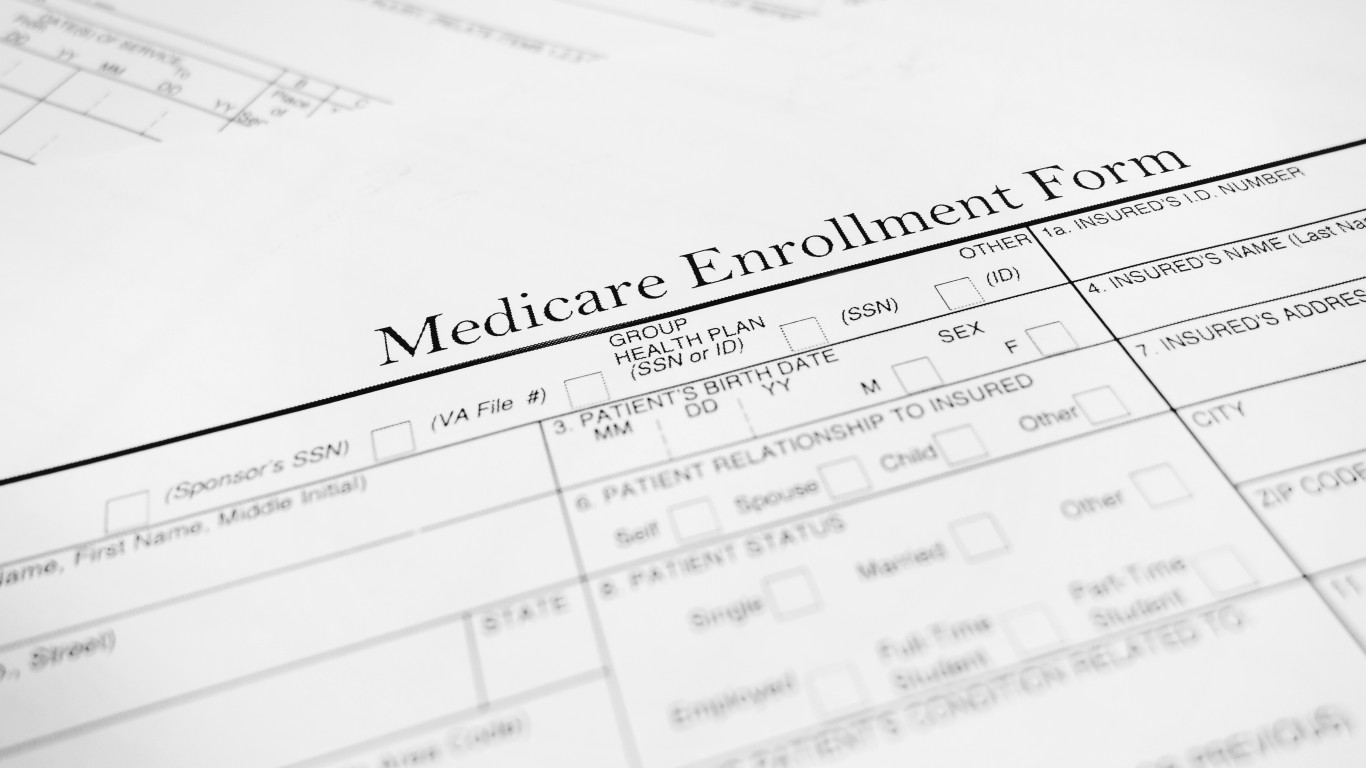
While in recent times retirement has been painted in rosy colors, with people doing yoga, playing golf, traveling … and running for president, it is also a stage in life where we can find ourselves vulnerable financially. To get to the happy, active version of retirement, assuming decent health, financial planning is essential — and being educated and able to differentiate reality from myths in investing is crucial.
In fact, one of the first myths people who don’t want to think about retirement often bring up is their age — being too young or too old to plan for retirement. Read along to see what the professionals think of this kind and other myths.
Why this matters

Myth No. 1: I’m too young to think of retirement — I got time to save later

Compounding is a powerful investing concept that means you’re earnings returns not just on the the original investment but also on any returns received, including any dividends or interests, by reinvesting them. Over the long term, compound growth can multiply an initial investment exponentially, so the earlier one starts saving, the greater the potential growth.
It is also important to start taking advantage early on of the benefits retirement savings plans provide, including deferred taxes on investments or income.
Myth No. 2: I’m too old — it’s too late to plan for retirement

If you have no retirement savings and you begin an older age, you might want to prioritize savings over other expenses — save more than you would normally. And don’t worry, even a few years can provide compound returns. As to which accounts and plans to use, that depends on your financial situation and several other factors. Which brings us to the third myth.
Myth No. 3: Retirement savings plans are all alike — I’ll just pick one
True, there are only several types of retirement accounts available, such as 401(k), Roth IRA, 457, and so on, but they each provide different benefits, contribution limits, and withdrawal rules. How an individual uses them can be quite different and depends on their unique financial situation and retirement goals. Tailoring the retirement approach — for example, contribution options and investment strategies — can help individuals achieve their retirement goals. 
A customized plan, explain experts at NextGen Wealth, takes into account any sources of income in retirement such as Social Security, pension income, and savings, as well as any needs in retirement, including health care costs and expected lifestyle. A tailored approach also takes into account inflation and time horizon until and after retirement and seeks to maximize any benefits while minimizing taxes.
Finally, a tailored approach also seeks to maximize returns through diversification, asset allocation, and a personal risk assessment. At an earlier age, a higher risk approach may be better, while at a later age the focus might shift to preservation of assets. No two plans are the same — and plans should be evaluated and adjusted over time.
Myth No. 4: Why even plan when I’ll be getting Social Security

Social Security benefits should be viewed as a supplement rather than a primary source of retirement income, though when making retirement plans, Social Security benefits should be considered . So it’s important to know what your upcoming Social Security benefits amount to.
“Benefit estimates depend on your date of birth and on your earnings history,” the Social Security site notes, providing a quick calculator to help with these estimates. For example, a person born in 1980 making $60,000 annually today would received $1,486 a month in benefits at 62 years of age and $2,196 at 67 (these are based of the quick calculator, which makes several assumptions). The SSA provides different calculators to find out as much information as possible.
Myths No. 4&5: More Social Security myths
4. Myth: People shouldn’t take Social Security before full retirement age

And as the SSA explains, “Sometimes health problems force people to retire early. If you can’t work because of health problems, consider applying for Social Security disability benefits. The disability benefit amount is the same as a full, unreduced retirement benefit. ” Also in the next section see ways to lower taxes if you begin collecting benefits early.
5. Myth: Social Security benefits aren’t taxed

There are ways to lower those taxes. As experts at Charles Schwab explain, “If you need to claim Social Security benefits before you reach your full retirement age, you could reduce your benefit by continuing to work, including part time or for yourself. As long as you draw a salary, $1 in benefits will be deducted for every $2 you earn above the annual limit.” The experts also recommend using Roth conversions instead of collecting more benefits, maximizing charitable contributions, and managing investment income to reduce taxes. In fact, there are many tax strategies to consider in retirement and when planning for retirement.
Myth No. 6: I’ll have less expenses in retirement

Regardless, it’s good to estimate your expenses in retirement. “For many people, budgeting and estimating future spending is something that they find difficult and tedious,” experts at Fidelity note. One way to determine the amount of income you will need is using the retirement income replacement ratio . The rule of thumb is 75% to 80%, though it is lower for higher-income retirees. Someone making $45,000 in preretirement income, should plan on spending about $36,000 annually in retirement. Someone making $200,000 may need only 55% of their preretirement income for $110,000 in annual expenses. The more expenses you expect, the higher the replacement ratio should be.
Myth No. 7: Medicare will cover health care expenses in retirement
Retirement can be full of golf games and travel, but alas, as we age, our health care needs often increase — and preparing for health care expenses is an important part of retirement planning. You may think Medicare covers all health care costs, but that is a common misconception, and out-of-pocket amounts can be substantial. In fact, according to experts at Merrill Lynch, “a healthy 65-year-old couple who retired in 2023 will likely use nearly 70% of their lifetime Social Security benefits to cover their medical costs in retirement.” What’s more, “A 55-year old couple today can expect to pay more than $1 million for healthcare costs during their retirement.” 
For one, premiums, deductibles, and copayments are not covered by Medicare. Similarly, Medicare does not usually cover the cost of dental, vision, and hearing care. In addition, long-term care costs are typically not covered and should also be factored into any retirement plan. One way to save for medical expenses is to use a health savings account (HSA), which has potential tax advantages. There are also long-term care insurance plans and other tools to consider.
Myth No. 8: Not much that I can do about my withdrawal rate and required minimum distribution amounts
The 4% rule is often used to allow for 30 years of withdrawals — and some use this rate and stick with it throughout retirement. But, as experts at Bankrate note, the 4% rule does not account for increased medical expenses, market fluctuations, and personal tax rate. Periodic assessment of the withdrawal rate is certainly warranted. And Vanguard experts suggest several other possible withdrawal strategies, including dollar-plus-inflation strategy, percentage-of-portfolio strategy, and more.
Similarly, when planning for retirement, required minimum distribution amounts are important to consider. RMDs are required by the Internal Revenue Service once you reach a certain age (72 to 75, depending on the year) — and these withdrawals are not only most often taxed, but they can also also trigger taxes on Social Security benefits or surcharges on Medicare premiums. A tax-efficient drawdown strategy, however, could help reduce the impact of RMDs on your taxable income.
“One approach is to start withdrawing funds from tax-deferred accounts at age 59½ … although not so much that you edge yourself into a higher tax bracket,” experts at Charles Schwab note. Another is to convert a Roth account. Charitable contributions is yet another option.
It’s Your Money, Your Future—Own It (sponsor)
Are you ahead, or behind on retirement? For families with more than $500,000 saved for retirement, finding a financial advisor who puts your interest first can be the difference, and today it’s easier than ever. SmartAsset’s free tool matches you with up to three fiduciary financial advisors who serve your area in minutes. Each advisor has been carefully vetted and must act in your best interests. Start your search now.
If you’ve saved and built a substantial nest egg for you and your family, don’t delay; get started right here and help your retirement dreams become a retirement reality.
Thank you for reading! Have some feedback for us?
Contact the 24/7 Wall St. editorial team.

